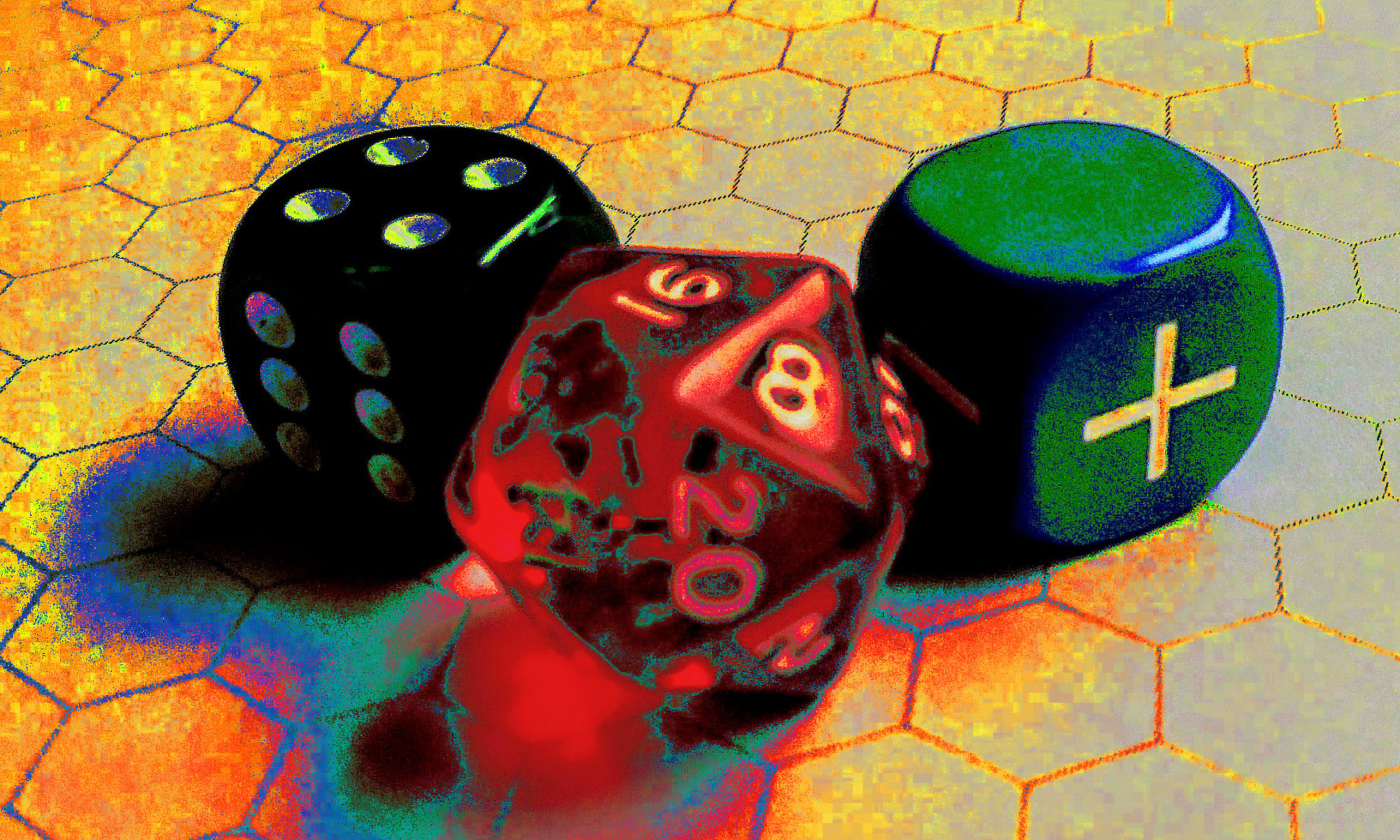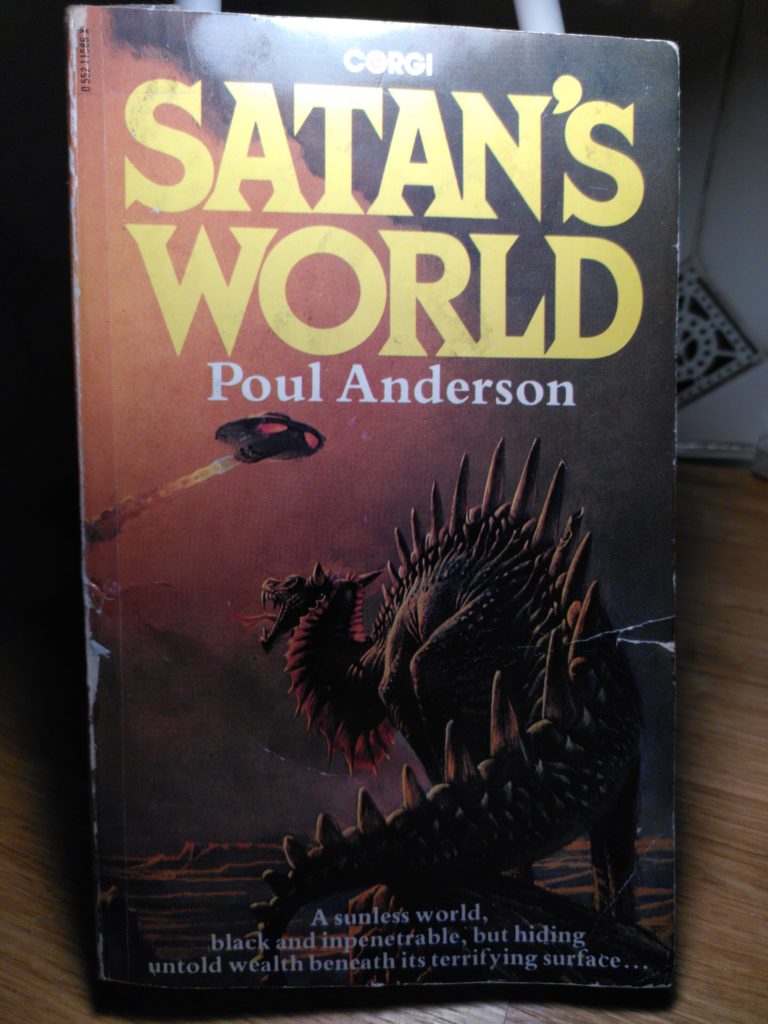In my recent post Plotting Grand Campaigns, I’ve written about domain level, or patron style play at length. Here are some references to rules systems one might want to consider to support domain level play. They’re mostly rules for large scale conflict simulation, war games in other words.
Now, before I go on, let me say this: “war game” is a term, I abhor. While I’m obviously mighty fascinated by the derivatives of war games, I consider myself a pacifist. “Conflict simulation” sounds innocent and sophisticated, academically interesting, but let’s face it: we’re talking about armor values and damage potentials and violent death.
Especially at the time of this writing, even thinking about war games feels utterly wrong. There is a real war going on in Ukraine right now. I wish nothing more than the fighting to stop at once! Then again, most of the time we’re playing there’s is some violent conflict going on in the world somewhere. We should always be mindful of this.
If setting up conflict in games teaches us one thing, it’s the fact, that it’s actually quite hard to construct credible reasons for armed conflict. Motives we come up with, are either criminal or corrupt, often both. So, let me say this: reaons to go to war are always made up, they’re always messed up! Reasons to go to war are always fabricated, messed up bullshit, driven by the interests of few corrupt individuals in their criminal pursuit of power.
As H.G. Wells put it in his adendum to Little Wars: “You have only to play at Little Wars three or four times to realise just what a blundering thing Great War must be.“
Rules for Political Scheming
This would be the place to link to the original Braunstein rules. But as I already said in my previous blog post, there seem to be no published rules. The best documentation I’ve found is on Ben Robbin’s blog Ars ludi: https://arsludi.lamemage.com/index.php/106/braunstein-memories/
The Adventurer, Conqueror, King System, might be useful here, but I can’t claim any experience with this game.
If you have any other suggestions, please do add them to the comments.
Rules for mass combat and large scale conflict
Basically crude mass combat rules can be achieved by simply lumping together a certain number of combatants into one larger “meta-creature”. For example 20 “normal men” in OD&D with one hit die each, dealing one die of damage each, might become one unit with 20 hit dice dealing 20d6 of damage to an opposing similar unit. Only one to hit roll is performed for each unit. Armor class and bonuses remain the same, as for single characters. Combined with the usual rules for morale. This simple scaling of figures might do all that is needed.
Actually the importance of morale can’t be overstated, since in any larger scale conflict, the question is not only survival or death, but whether one side prevails, routs, gains or loses ground.
If anything more is needed, here are a host of various rules sets.
- Chainmail by Gary Gygax and Jeff Perren, published in 1971 by Guidon Games, and later by TSR. A rules set for medieval miniatures games. It’s “Fantasy Supplement” is considered to be the predecessor of Dungeons & Dragons.
- Swords & Spells, and amalgam of D&D’s “alternative” d20 based combat system and Chainmail, published by TSR in 1976
- Daniel “Delta” Collins’ Book of War
- Alex Schroeder’s Mass Combat Rules
- Robin Stacey’s Mass Combat Rules
- Don’t give up the ship, a rules set for naval fleet combat in the age of sail, published in 1972 by Guidon Games, and later by TSR.
- Warriors of Barsoom, a rules set for war games set on Edgar Rice Burroughs‘ John Carter of Mars Setting. While it’s available on archive.org, it’s copyright status seems to remain unclear.
- War Machine, a set of mass combat rules described in the D&D Companion Rules.
- Battle System, mass combat rules designed for use with AD&D 2nd edition.
- Classic Traveller’s Book 4 Mercenary for a rather abstract, sort of birds eye view approach on infantery mass combat.
- Classic Traveller’s Book 5 High Guard, for battles of large space fleets.
- Full Thrust by Ground Zero Games, for even more detailed fleet battle in space.
- Striker, the rules for modern day to far future miniatures combat accompanying Classic Traveller, available from Far Future Enterprises on the Classic Traveller CDROM.
- GURPS Mass Combat, another abstract system somewhat similar to D&D’s War Machine and Traveller’s Mercenary.

